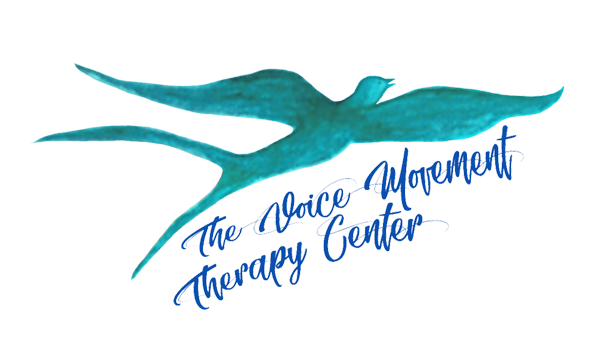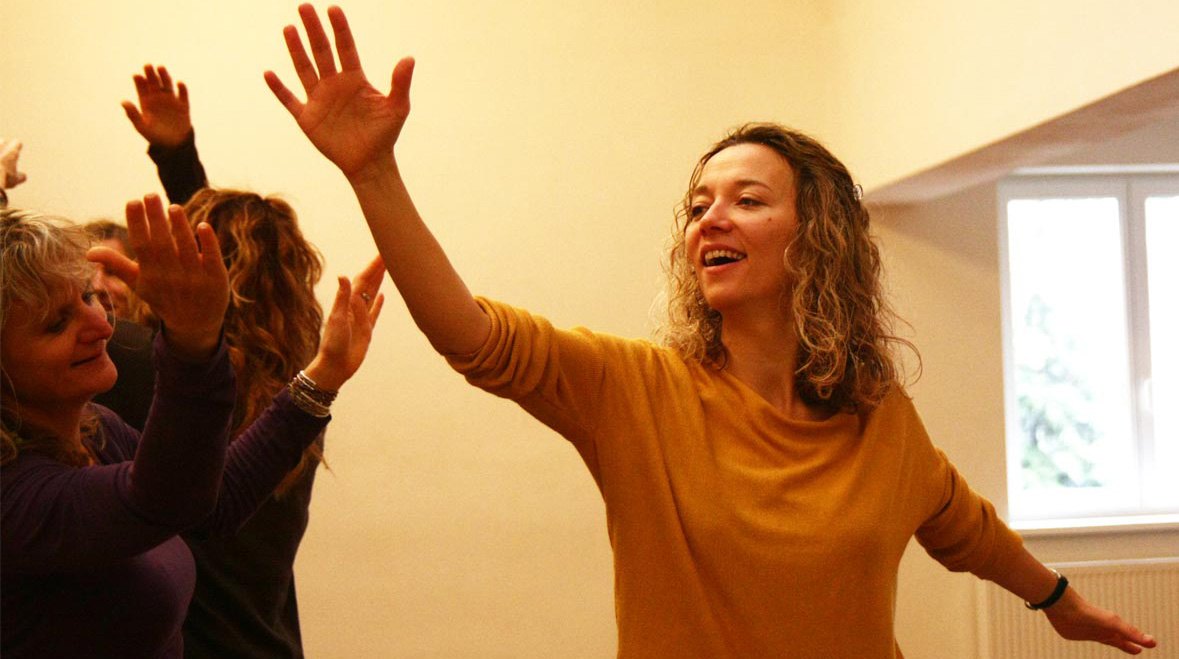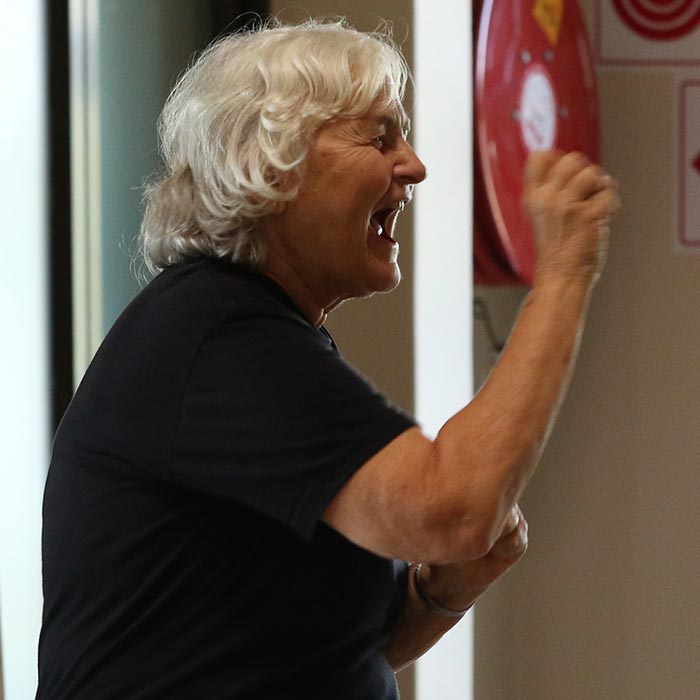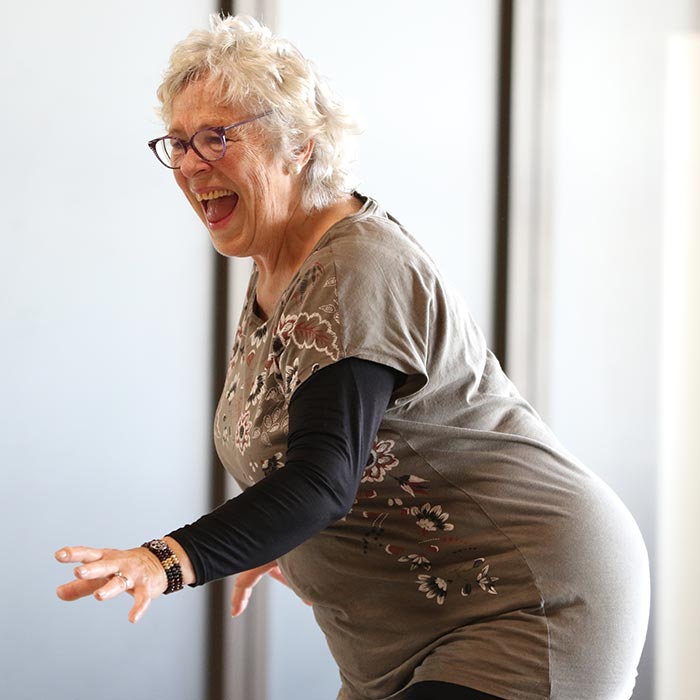
A Foundational Training in Voice Movement Therapy presented by
The Voice Movement Therapy Centre & The Norma G. Canner Foundation.
Taught by Anne Brownell and Christine Isherwood with guest teacher Melanie Harrold.
Purpose of the Training
The development of language, both in terms of the evolution of the human species and the progression of individuals from infancy to adulthood, originated in vocal gestures without words and then became joined to acoustic and written symbols. This has often led to a de-emphasis on the emotions behind the words, an essential ingredient which we seek to recapture through the act and art of song, and in speech which is congruent with feeling.

To do this to the fullest extent possible, VMT practitioners believe it is necessary to re-embody the voice, not just from the diaphragm up, but through a holistic engagement of body, mind and soul. The more we can connect our vocal output to our physical selves – the more flexible, durable, versatile and responsive we can make it to life as we experience it – the more we can ground ourselves in the reality of our whole being. Working with a particular set of vocal components, breathing and massage techniques, images, ideas, and the sounds and characters that emerge when engaging with one’s own story through the embodied voice, we seek to bring that voice into the world.

VMT work begins, not with the spoken word, its cognitive content or articulation, but with the affective aspects of voiced sound and combines a basic knowledge of acoustics and the anatomy and physiology of the vocal system – as influenced by events in the body – with movement and massage, imagery and enactment, creative and therapeutic process. It is, in essence, an exploration of the self and one’s ability to communicate, verbally and non-verbally, through the voice. It is useful for those for whom vocal expression is blocked, limited or otherwise difficult as a result of neurological or physical impediments and/or emotional distress, as well as those who seek further personal or professional empowerment through the Voice.

Overview
The first part includes:
- A thorough grounding in the core principles of VMT;
- Engagement with VMT creative process work and song-making;
- An introduction to VMT therapeutic process;
- An introduction to the relation of vocal development to developmental movement, the acquisition of speech and the formation of a sense of self;
- Exploration of individual issues and themes in movement, song, imagery and enactment;
- An active involvement in creative group process and its relevance to developing community connections.
The second part:
VMT Virtually: Working through a Pandemic
by Anne Brownell and Nathan Bean
The below video gives a glimpse of how the teachers and students of the Voice Movement Therapy Training, begun in 2019, continued to pursue and deepen their work together on-line while looking forward to meeting and completing their program in reality. It covers the period from April-November 2020 and was made with i-movie from 26 zoom recordings.
More Information
The Voice Movement Therapy Centre website.



